

|
CRITICAL ZONES. IN SEARCH FOR A COMMON GROUND ZKM | CENTER FOR ART AND MEDIA KARLSUHE, IN COLLABORATION WITH GOETHE-INSTITUT SOUTH ASIA TRAVELLING EXHIBITION FROM 2022-2023 MUMBAI, COLOMBO, PUNE, NEW DELHI, KOLKATA AND BENGALURU | ||||
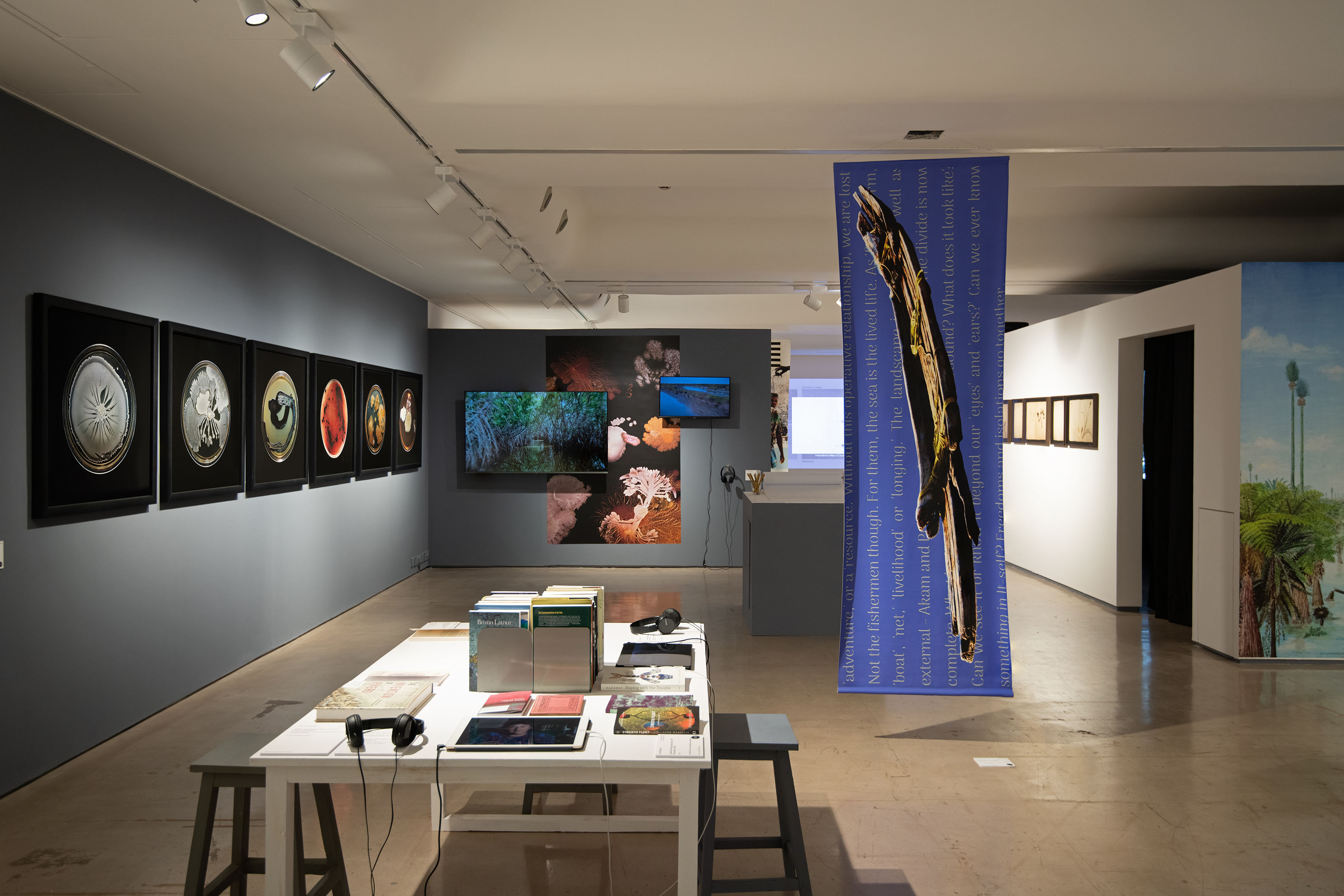 | ||||
|
CRITICAL ZONES. IN SEARCH OF A COMMON GROUND Critical Zones. Observatories for Earthly Politics, was conceived and exhibited at ZKM | Center for Art and Media Karlsruhe (2020–2022) based on a concept by Bruno Latour and Peter Weibel. For the Goethe-Institut South Asia, a travelling adaption of Critical Zones titled Critical Zones. In Search of a Common Ground is co-produced by the ZKM | Karlsruhe, and the Goethe-Institut/ Max Mueller Bhavan Mumbai. It shows a selection of artistic positions and is complemented by further works from Indian and Sri Lankan artists. Mira Hirtz and Daria Mille are the curators of the exhibition at Goethe-Institut / Max Mueller Bhavan Mumbai. The South Asia tour of the exhibition will begin in Mumbai on October 28, 2022. Further in association with the respective Goethe-Instituts, Critical Zones. In Search of a Common Ground will be exhibited in Colombo (opening on November 10) and Pune (opening on November 18) in 2022, followed by Kolkata, New Delhi and Bangalore in 2023. The exhibition and its activation program have been adapted for the local audiences in close dialogue between the curators, art mediators and the Goethe-Institut Mumbai. The core aim of the project is to investigate and address the Critical Zone at each station by making the conversation as locally relevant as possible, within the larger framework of the exhibition idea, hence each station will include further dialogues and co-creative moments to investigate and analyse what are the issues of importance for each particular location – its Critical Zone and its inhabitants. http://www.aestheticamagazine.com/yin INSTALLATION VIEWS GALLERY MMB, GOETHE-INSTITUT, MUMBAI |
||||
| http://www.aestheticamagazine.com/yinchuan-biennale-2016/http://www.aestheticamagazine.com/yinchuan-bie/aestheticamagazine.com/yaestheticamagazine.com/y | ||||
 |
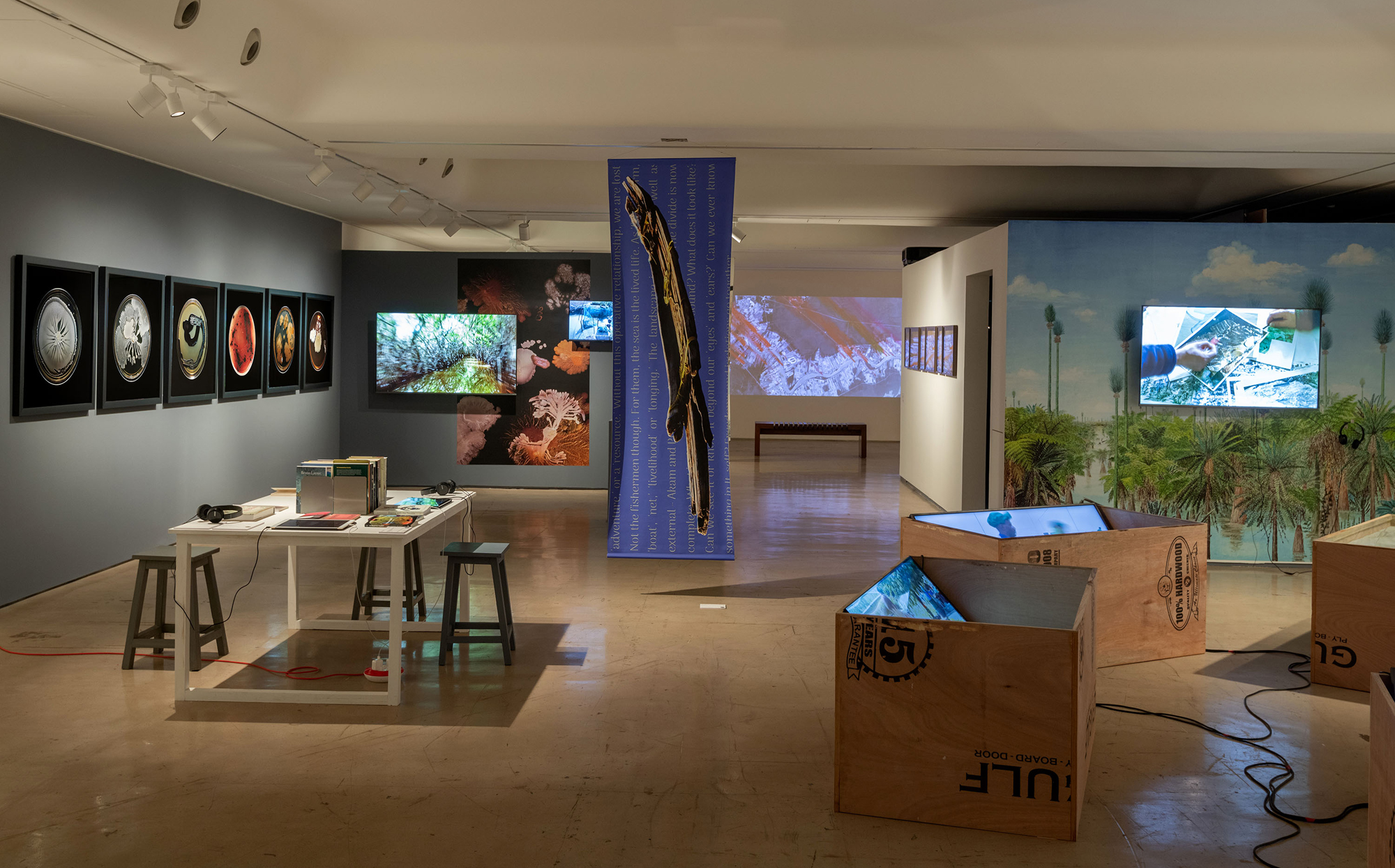 |
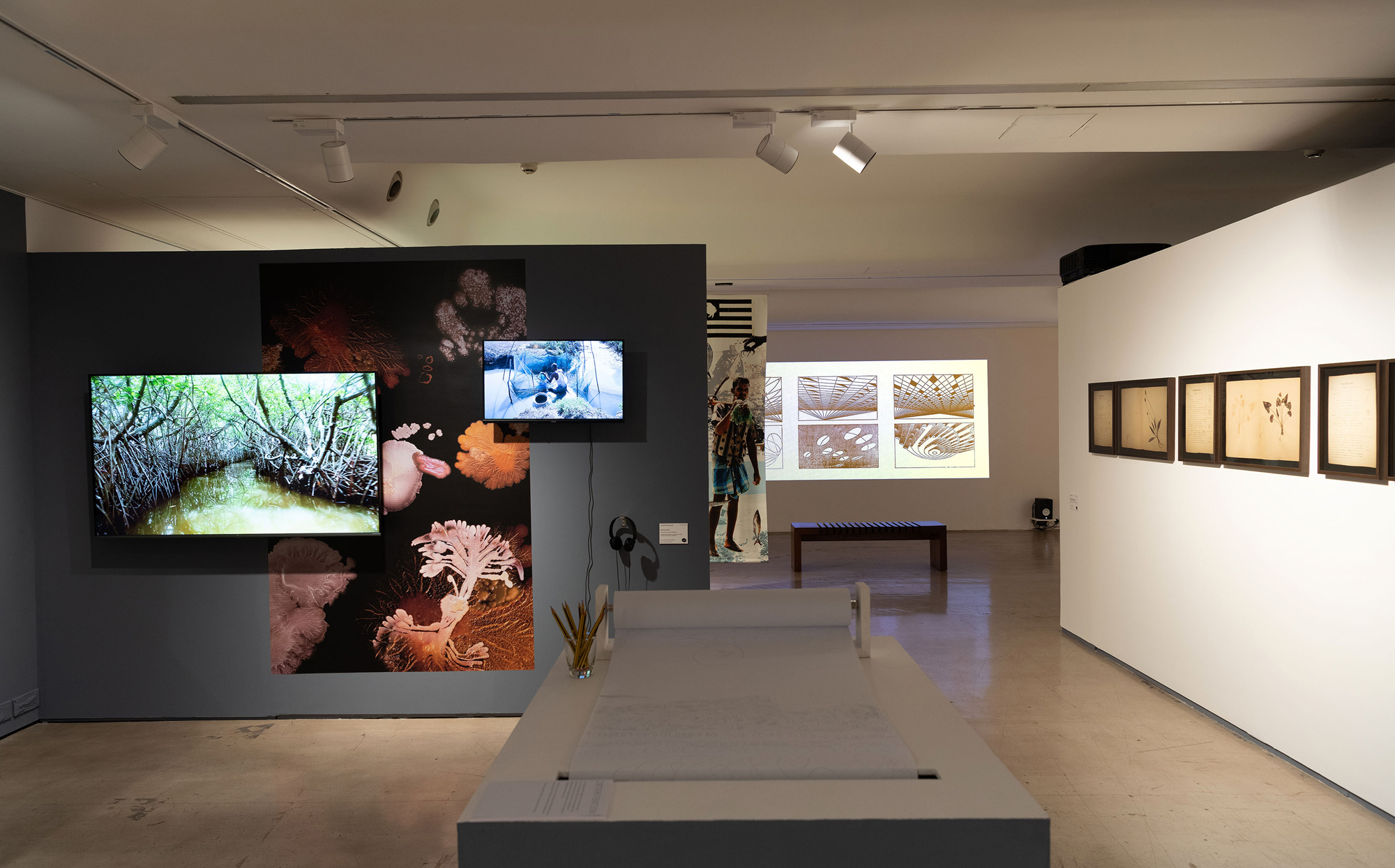 |
||
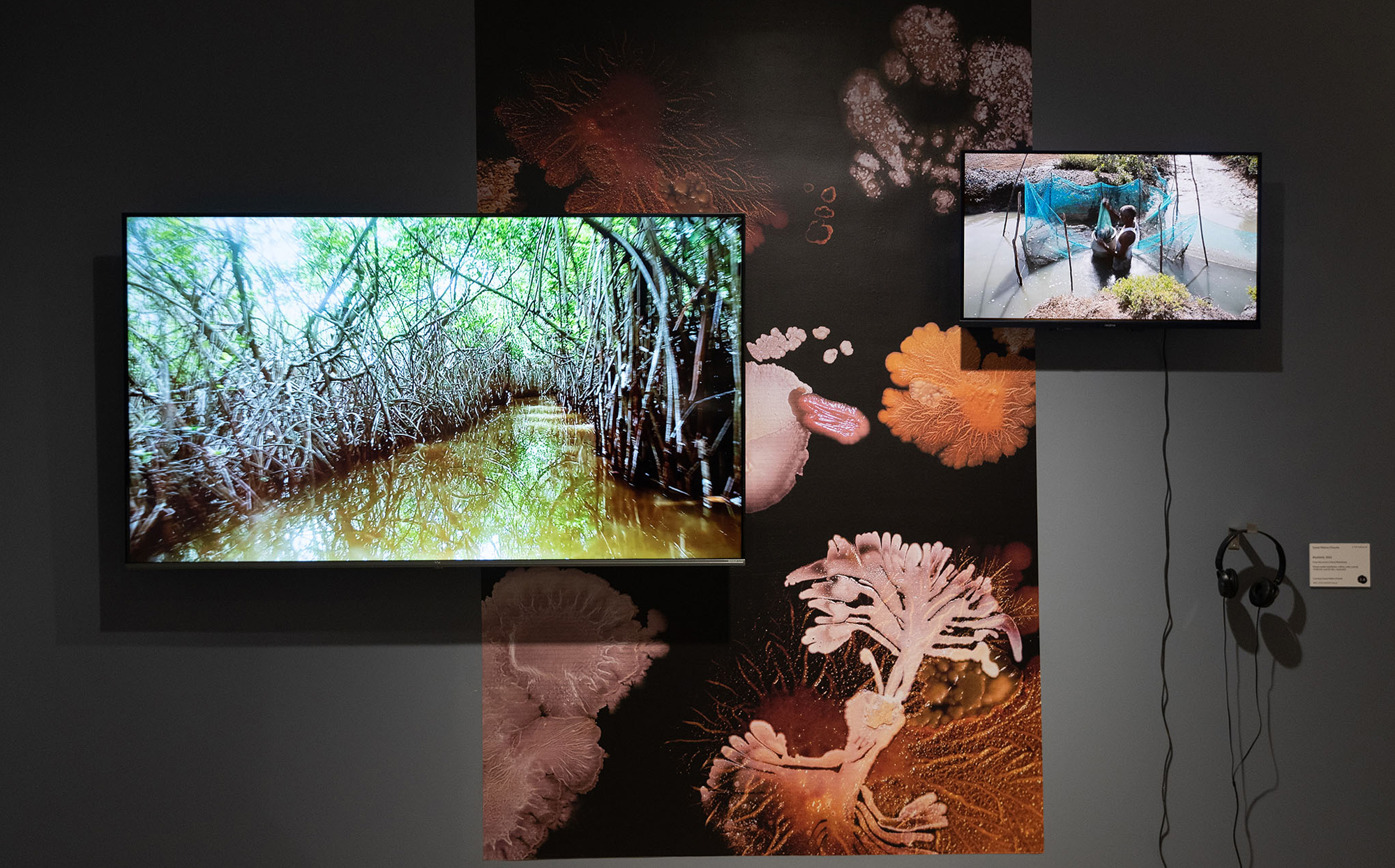 |
 |
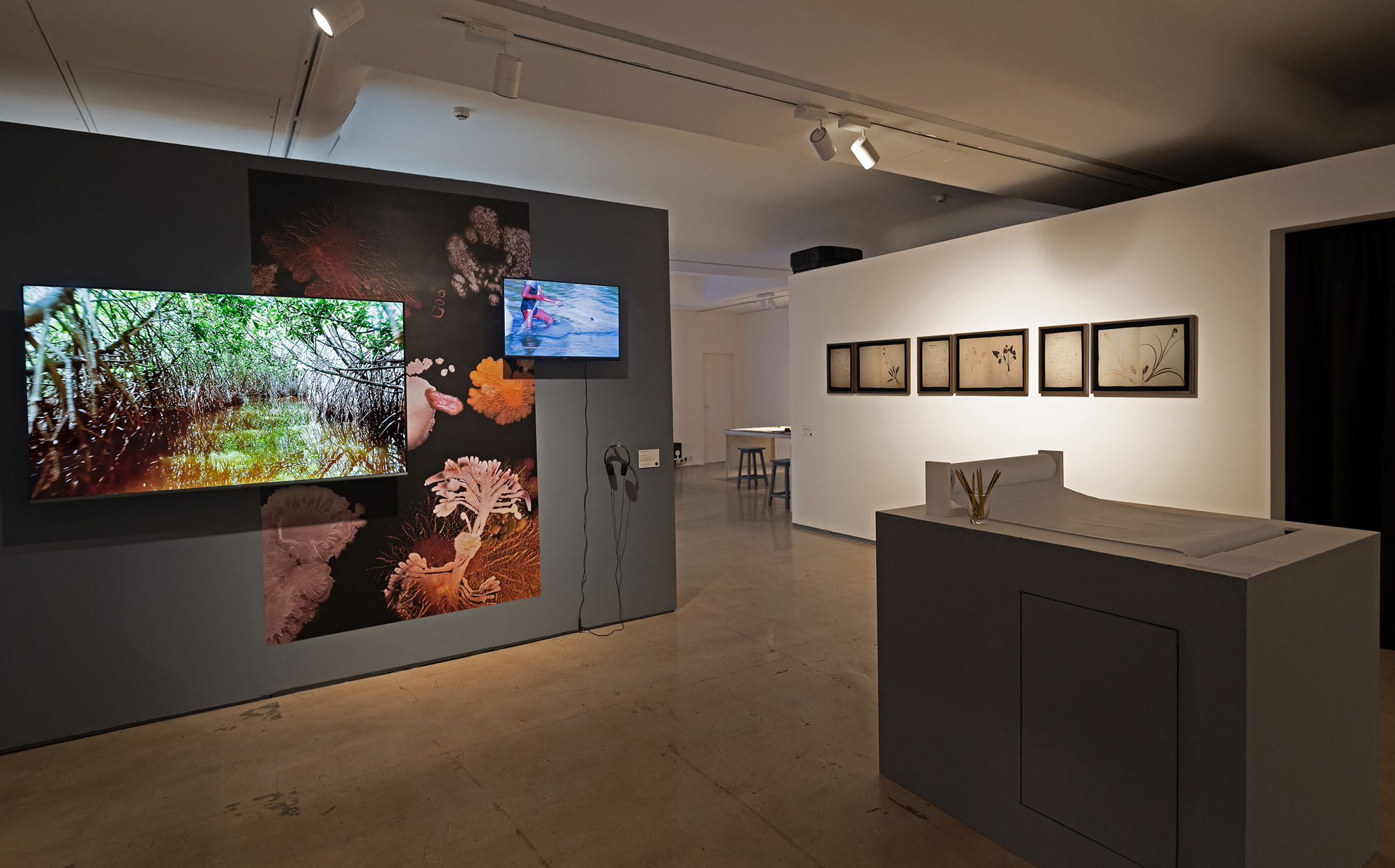 |
||
 |
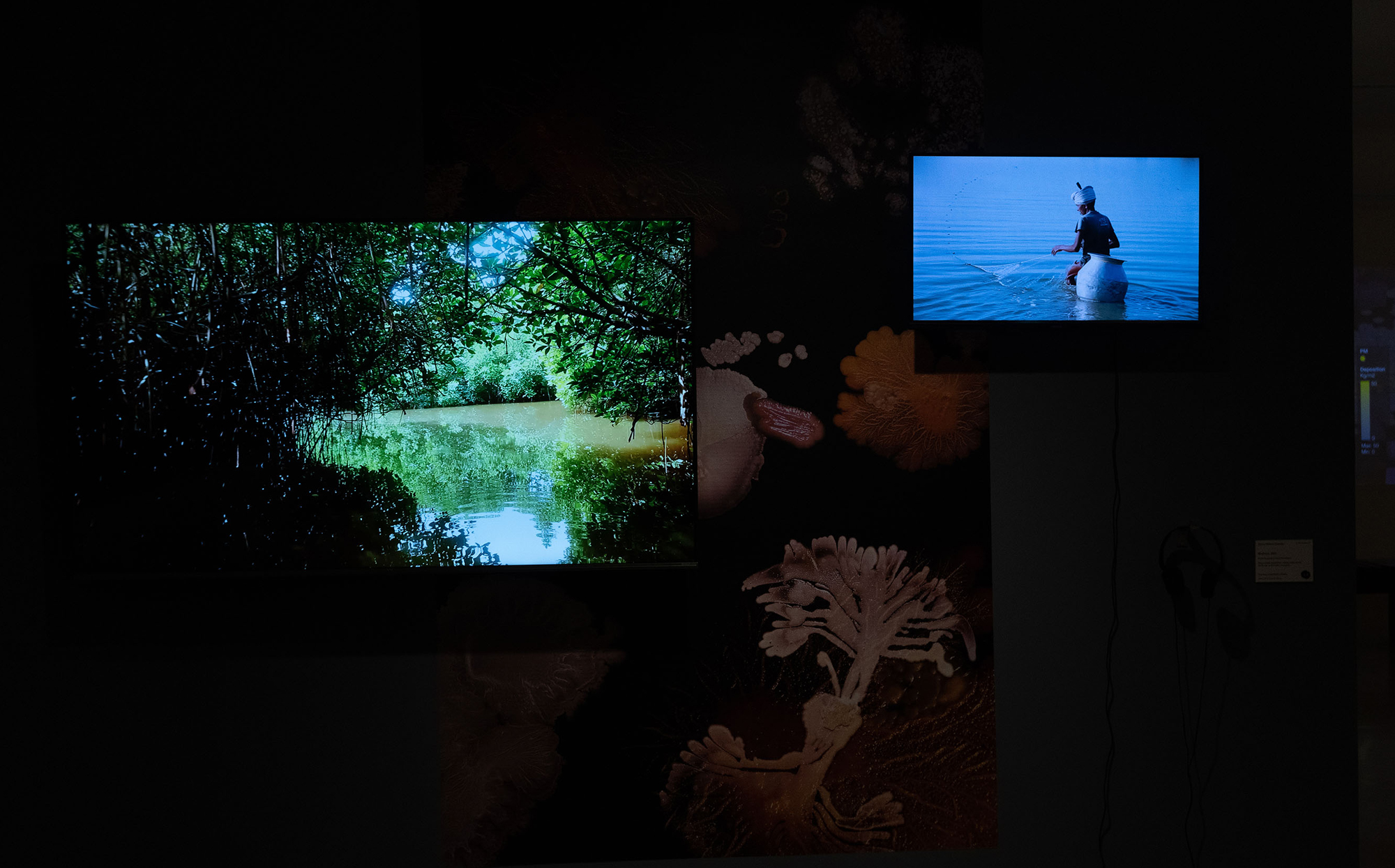 |
 |
||
| http://www.aestheticamagazine.com/yinchuan-biennale-2016/http://www.aestheticamagazine.aestheticamagazine. | ||||
| http://www.aestheticamagazine.com/yinchuan-biennale-2016/http://www.aestheticamagazine.com/yinchuan-bieyinchuan-bieyinchuan-bieyinchuan-bieyinchuan-bieyinchuan-bieyinchuan-bieyinchuan-bieyinchuan-an-n-an-n-an-n-an-an-n-an-n-an-n-an-an-n-an-n-an-n-an-/ |
| FURTHER INFORMATION For a long time, the reactions of Earth to our human actions remained unnoticed, and have now finally – not least due to recent international climate protests – moved into public consciousness. The exhibition project Critical Zones invites visitors to engage with the critical situation of the Earth in a novel and diverse way and to explore new modes of coexistence between all forms of life. In order to remedy the generally prevailing disorientation and dissension in society, politics, and ecology with regard to the changing state of the planet, the exhibition project sets up an imaginary cartography, considering the Earth as a network of Critical Zones. The term Critical Zone is taken from the geosciences and describes the fragile layer of the Earth, its surface, which is only a few kilometres thin and on which life is created. In addition to emphasizing the vulnerability of this thin layer, the term also sheds light on the numerous controversies that have triggered new political attitudes towards it. Created by a wide variety of life forms over time, living organisms interact in these Critical Zones, but also earth, rock, water, and air. Those life forms had completely transformed the original geology of the Earth, before humanity transformed it yet again over the last centuries. Over the years, scientists have dedicated their research to the Critical Zone. They have made us aware of the complex composition and extreme fragility of this thin layer of the Earth, in which all life forms, humans included, have to cohabit. Critical Zones explores the urgency of bringing together skills, knowledge, disciplines, and cultures to jointly create a cartography of the multitude of Earths and compose common ground. The exhibition simulates on a small scale the model of a new spatiality of the Earth and the diversity of relations between the life forms inhabiting it. The exhibition creates a landscape that makes the public understand the characteristics of the so-called New Climatic Regime, a term coined by Bruno Latour to describe the global situation affecting all living things. Not being limited to ecological crises, the term also includes questions of politics and cultural history as well as ethical and epistemological changes of perspective. In attempt to compose common ground between different disciplines, humans and non-humans, the exhibition aims to steer a debate towards new Earthly Politics. This special combination of thought experiment and exhibition was developed by Peter Weibel and Bruno Latour in their previous collaborations at ZKM. Their intensive working relationship has spans now more than twenty years. Critical Zones is characterized by an extensive collaboration of artists, designers, scientists, and activists. Art, with all its imaginative, speculative and aesthetic power, takes up the important challenge of developing new forms of representation and options for action in an overall situation that has not yet been clarified. CRITICAL ZONES: FIELDBOOK Critical-zones-in-search-of-a-common-ground (Click here) Critical zones-India (Click here) Bioshield (Click here) Universe Details (Click here) South Asia Tour (Click here) Artists (Click here) VENUES IN MUMBAI: Gallery MMB, Goethe-Institut, Max Mueller Bhavan, Mumbai COLOMBO: J.D.A Perera Gallery, Colombo, Sri Lanka PUNE: Zapurza Museum OF Art & Culture, Pune TRAVEL SCHEDULE IN 2023 NEW DELHI, KOLKATA, BENGALURU |
 |
 |
 |
||
 |
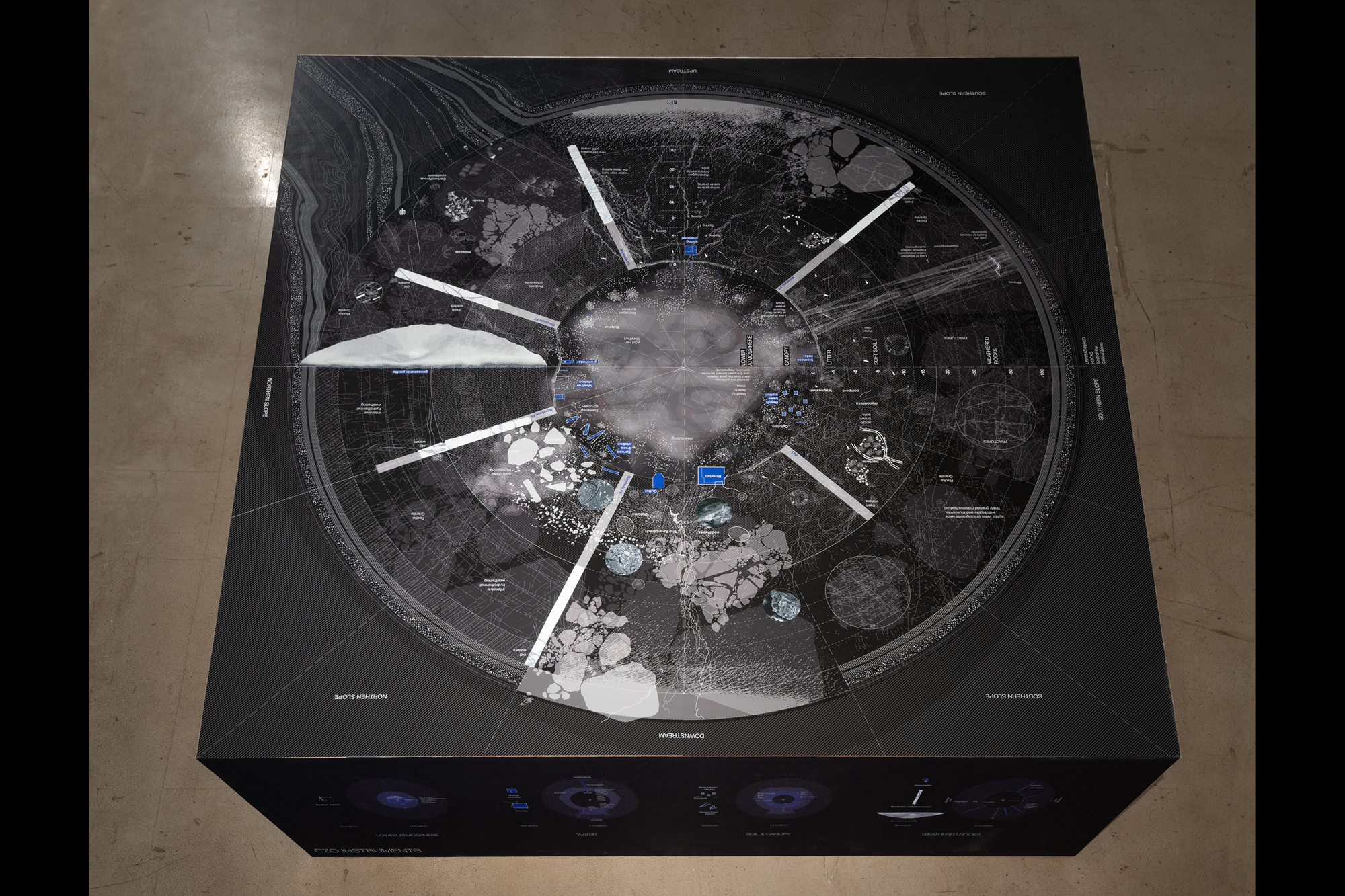 |
 |
||
 |
 |
 |
||
 |
 |
 |
||
 |
 |
 |
||
| http://www.aestheticamagazine.com/yinchuan-biennale-2016/http://www.aestheticamagazine.aestheticamagazine. | ||||
| CRITICAL ZONES AT ZKM MUSEUM, GERMANY Observatories for Earthly Politics, 2021 For a long time, the reactions of Earth to our human actions remained unnoticed, but in recent times with the protest movement Fridays for Future climate crisis has moved into public consciousness. The thought exhibition »CRITICAL ZONES« invites us to deal with the CRITICAL situation of the Earth in various ways and to explore new modes of coexistence between all forms of life. By now everybody knows that there is an existential threat to our collective conditions of existence, but very few people have any idea of how to cope with this new CRITICAL situation. The citizens of many developed countries appear disoriented; it is as if they were asked to land on a new territory – a new Earth – whose reactions they have ignored for a long time. The Earth as a network of CRITICAL ZONES The hypothesis we want to propose is that the best way to map this new Earth is to see it as a network of CRITICAL ZONES. Generated over eons of time by various life forms, these CRITICAL ZONES form a surface only a few kilometres thin. Those life forms had completely transformed the original geology of the Earth, before humanity transformed it yet again over the last centuries. Over the years, scientists have installed multiple OBSERVATORIES to study these CRITICAL ZONES and have made us aware of the complex composition and extreme fragility of this thin layer inside which all life forms, humans included, have to cohabit. They have renewed Earth science in a thousand ways and very much in a way that Alexander von Humboldt would have approved. A new turn towards the EARTHLY Increasingly, scientists, artists, activists, politicians, and citizens are realizing that society is not centered solely on humanity, but it has to become EARTHLY again if it wishes to land without crashing. The modern project has been in flight, unconcerned by planetary limits. Suddenly, there is a general movement toward the soil and new attention to the ways people might inhabit it. POLITICS is no longer about humans making decisions on their own and for themselves only, but has become an immensely more complex undertaking. New forms of citizenship and new types of attention and care for life forms are required to generate a common ground. The exhibition as an OBSERVATORY OF CRITICAL ZONES Over a period of several months ZKM will host an exhibition conceived as a scale model to simulate the spatial novelty of this new land as well as the diversity of relations between the life forms inhabiting it. It will serve as an OBSERVATORY OF CRITICAL ZONES allowing visitors to familiarize themselves with the new situation. This special combination of thought experiment and exhibition was developed by Peter Weibel and Bruno Latour in their previous collaborations at ZKM. »Iconoclash« in 2002, »Making Things Public« in 2005, and »Reset Modernity! « In 2016 constitute the three former »thought exhibitions« (Gedankenausstellungen) that resulted from their intensive working relationship which now spans twenty years. | ||||
| http://www.aestheticamagazine.com/yinchuan-biennale-2016/http://www.aestheticamagazine.aestheticamagazine. | ||||